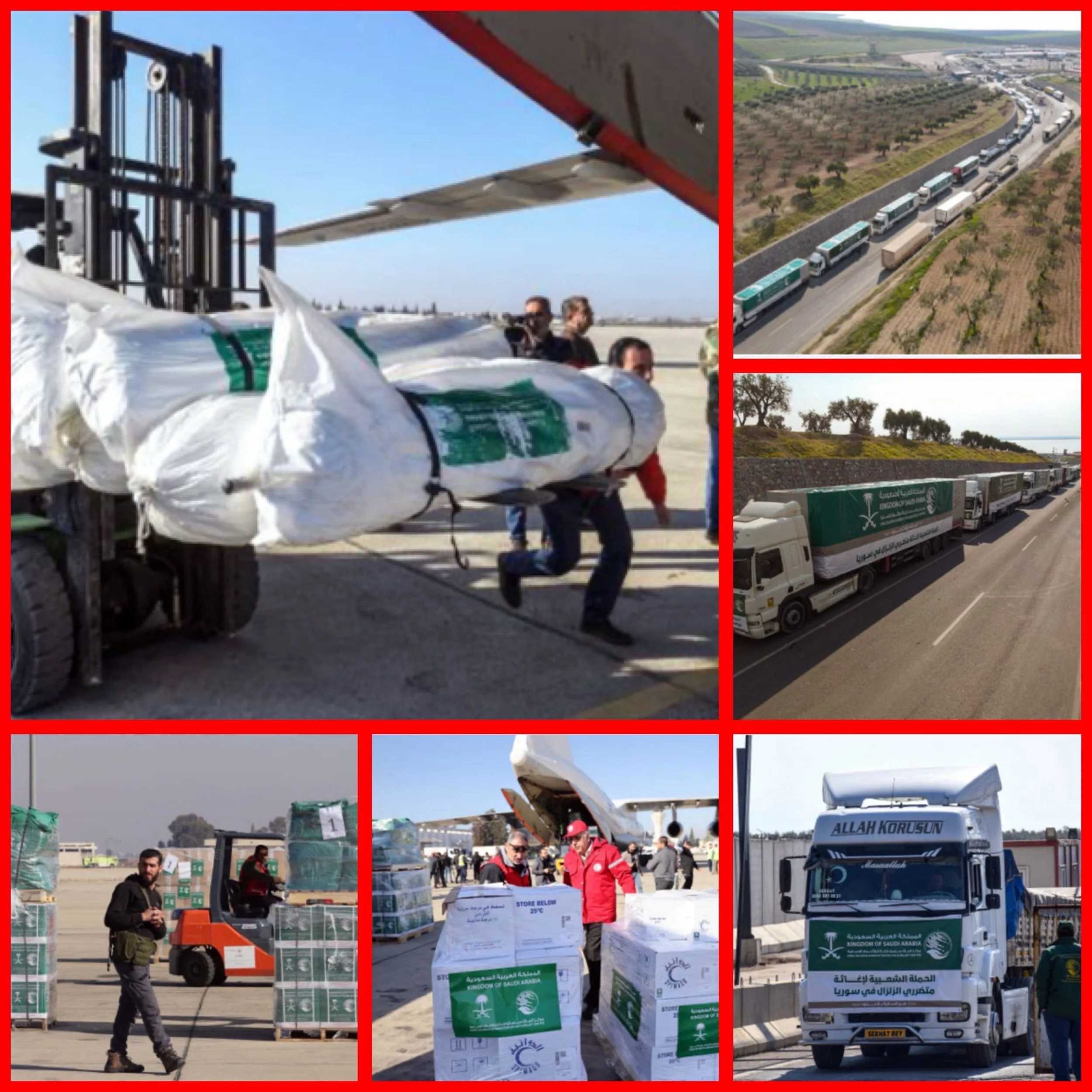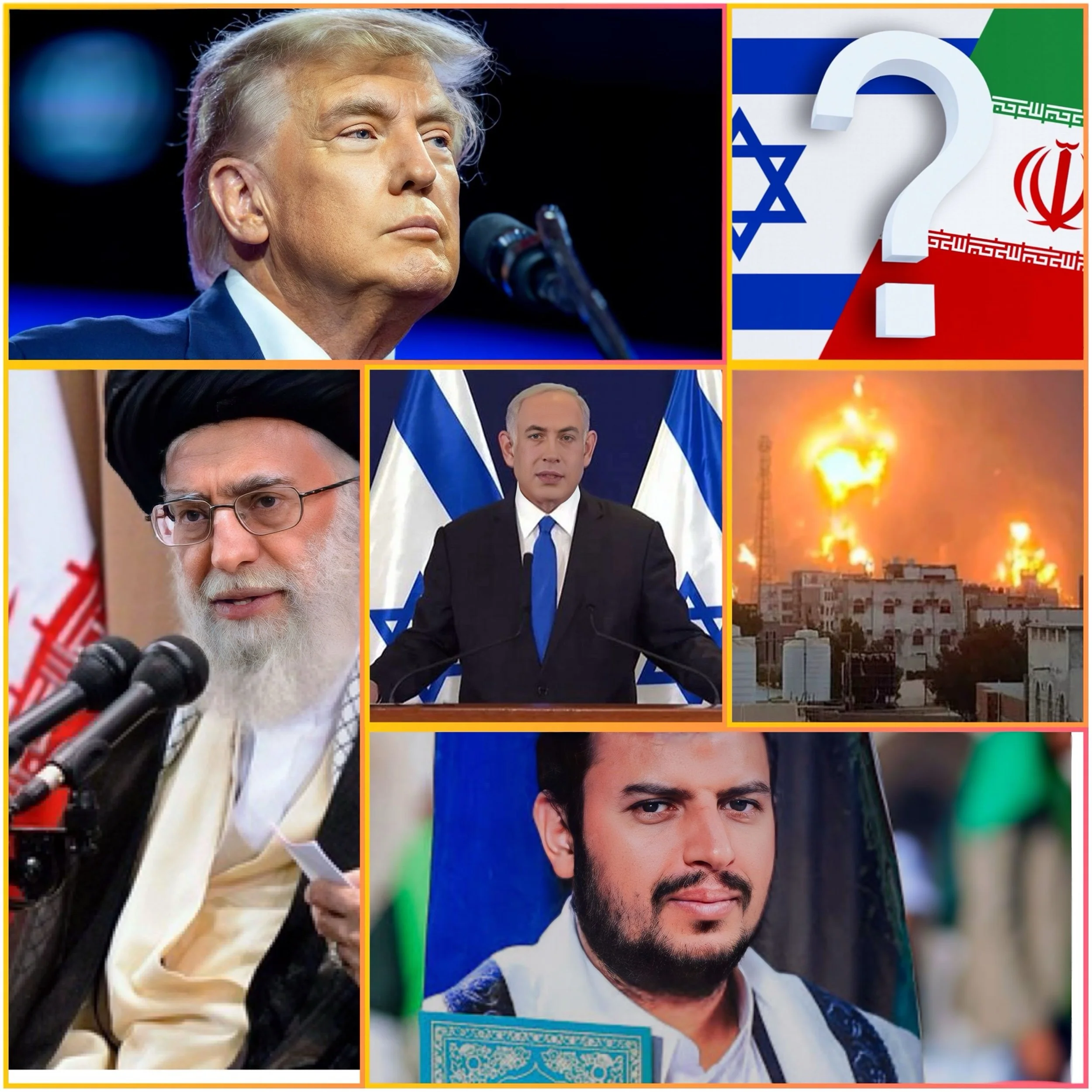Humanitarian Diplomacy: Saudi Arabia’s Lifeline of Aid to Syria
Introduction
Saudi Arabia has launched a significant humanitarian effort to support Syria, delivering food, shelter, and medical supplies through an air bridge. This initiative marks a step forward in Saudi Arabia’s efforts to normalize relations with Syria after years of estrangement.
Reopening of Saudi Embassy
In mid-2024, Saudi Arabia reopened its embassy in Damascus, signaling a renewed commitment to regional diplomacy. The kingdom has supported Syria’s reintegration into the Arab League, which reinstated Syria’s membership earlier in 2023. This move aligns with a broader regional strategy to reengage with Syria despite ongoing challenges such as international sanctions and political divisions.
Humanitarian and Reconstruction Efforts
The King Salman Humanitarian Aid and Relief Center has delivered over 350 tons of aid to Syria, contributing to Saudi Arabia’s total humanitarian assistance to the country, which exceeds $7 billion. These efforts are part of a broader strategy to stabilize the region, counter extremist groups, and support post-conflict recovery.
The United Nations estimates Syria’s reconstruction costs at over $400 billion, reflecting the extensive destruction caused by over a decade of civil war. While international sanctions and limited financial resources remain obstacles, Saudi Arabia’s engagement could play a role in easing Syria’s isolation and fostering development.
Geopolitical Context
Saudi Arabia’s renewed engagement with Syria reflects several key motivations:
Enhancing Regional Stability
By supporting Syria’s return to the Arab League and fostering economic ties, Saudi Arabia aims to strengthen Arab unity and reduce regional tensions.
Countering Iranian Influence
Reengaging with Syria allows Saudi Arabia to mitigate Iran's influence in the region. Iran has long maintained close ties with the Syrian government and continues to support militia groups operating within the country.
Geopolitical Strategy
This move aligns with Saudi Arabia’s broader goal of asserting itself as a regional leader and promoting stability, especially in light of its recent rapprochement with Iran, brokered by China in early 2024.
Economic and Strategic Considerations
Syria’s oil reserves, estimated at around 2.5 billion barrels according to recent data, are largely located in areas controlled by the U.S.-backed Syrian Democratic Forces (SDF). Saudi Arabia’s involvement in Syria may include economic cooperation that facilitates reconstruction and supports its Vision 2030 goals.
Challenges and Risks
Saudi Arabia’s efforts to support Syria are not without challenges:
Security Threats
Iranian-backed militias and extremist groups continue to destabilize parts of Syria, posing risks to Saudi investments and regional stability.
Reconstruction Costs
The immense financial burden of rebuilding Syria, combined with ongoing international sanctions, complicates recovery efforts.
Conclusion
Saudi Arabia’s reengagement with Syria marks a pivotal moment in Middle Eastern diplomacy, signaling a shift toward regional cooperation.
By providing humanitarian aid, reopening its embassy, and supporting Syria’s reintegration into the Arab fold, Saudi Arabia aims to promote stability and foster development.
However, challenges such as Iran’s influence, security risks, and the complexities of reconstruction remain key issues to watch.






